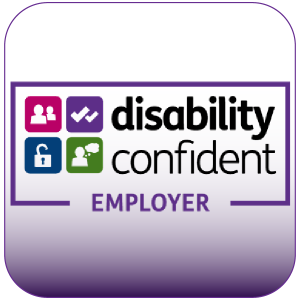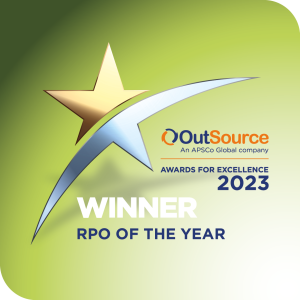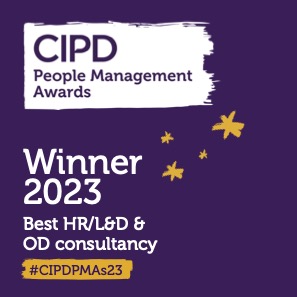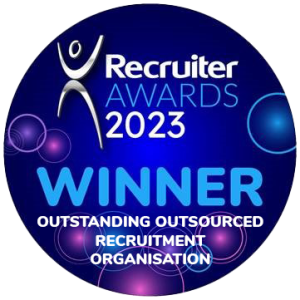As more organisations become aware of the importance of equity, diversity and inclusion (EDI) in the workplace to attract and retain talent, it’s growing increasingly apparent that it can’t simply be an initiative that’s limited to your permanent workforce.
The gap between permanent and contingent workers in the workforce continues to merge – blended workforces are not a new phenomenon – but the way in which employers treat contingent employees needs to catch up.
Here, we look at the situation as it is now and what needs to change.
The situation as it stands
While up to 85% of employers state that having an increasingly diverse workforce is a priority for them, only 45% of employers have programmes in place to attract diverse candidates.
And, if we dig deeper into the statistics, we find that organisations often struggle to implement diverse hiring strategies for contingent employees who can make up to 40% of any workforce.
Contingent workers can be with an organisation for anything from a few weeks to a couple of years (correct IR35 determinations of course,) and can play a crucial role in its success, so it’s vital that organisations start to apply themselves more seriously to this glaring omission.
If we concentrate on the changing role of women in the workplace over the last 50 years, for example, after ‘women’s liberation’ made the workplace more accessible, we see the remarkable results of their presence. In 2022, for example, women are playing a pivotal role in the UK’s post-pandemic economic recovery, with evidence from House of Commons research stating that organisations with more female leaders outperform those dominated by men.
Imagine, then, how including people of colour, neurodivergent people, people with disabilities, as well as people of different ages, religions, gender identities, socioeconomic backgrounds and diverse family structures, could help improve the profitability and performance of an organisation, especially among its contingent workforce.
Why should organisations improve their contingent EDI?
We’ve already looked at the financial benefits of diverse teams, but organisations should realise that there are other advantages to having a non-homogeneous workforce.
Diverse teams are:
- More productive – through bringing together different opinions, best practices,
- More intelligent – including diverse team members improves intellectual performance thanks to higher levels of critical thinking, information processing, fact checking, innovation and objectivity
- Happier – working for an organisation that has diversity at its core boosts a feeling of pride within its employees, and if the company is doing well financially because of its EDI, that too fosters an increased sense of accomplishment
- Healthier – diversity raises morale amongst employees, leading to a healthier workforce, which in turn boosts productivity
When we consider that around 60% of applicants will check out an organisation’s EDI policy before applying for a role, and that approximately 1.65 million workers in the UK are now contingent, it’s clear that to benefit from the thousands of people that employers so badly need, attitudes and behaviour must change.
What can organisations do?
The first thing is to ensure they have an EDI strategy in place. There is a plethora of advice and information available to organisations, such as we supply here at Omni, but only half of all organisations have a programme designed to attract and retain diverse employees let along contingent workers, and less than half have no measurement systems in place for employees and very few for their entire workforce.
If employers are not willing to put EDI systems in place for their permanent employees who they are supposed to value and appreciate, then how must contingent workers, most of whom do not receive the same levels of company benefits or job security, feel about working there?
It certainly doesn’t bode well for organisations looking to supplement their permanent employees with people who might consider working there on a contingent basis, especially when we consider that over 70% of contingent talent say that it’s important to them to work in a diverse and inclusive workplace.
The Chartered Institute of Personnel and Development (CIPD) offers guidance for leaders of organisations looking to build inclusive workplaces for their contingent workers. This includes adopting role-model behaviour; using data to track inclusion and accessibility policies and practices; employee involvement such as reflection, personal responsibility and company values; embedding inclusion into an organisation’s wider practices, such as performance reviews and skills training; clear communication of why EDI is important; and support for all staff members to achieve their goals.
Not only is there a financial imperative and a legal obligation on organisations to diversify the workplace – it’s been illegal to discriminate against people since the Equality Act 2010 – but there’s also a moral onus on employers to offer a duty of care to all their employees, whether permanent or contingent. Make it your critical strategy today.
Not sure where to start to evaluate your approach to EDI?
Find out more about Resource in Motion, resource management for an agile workforce, here.




